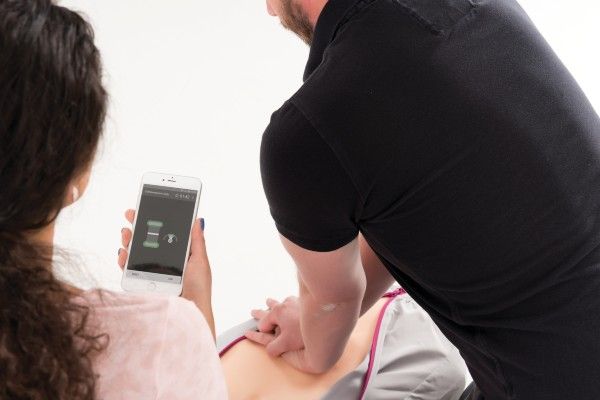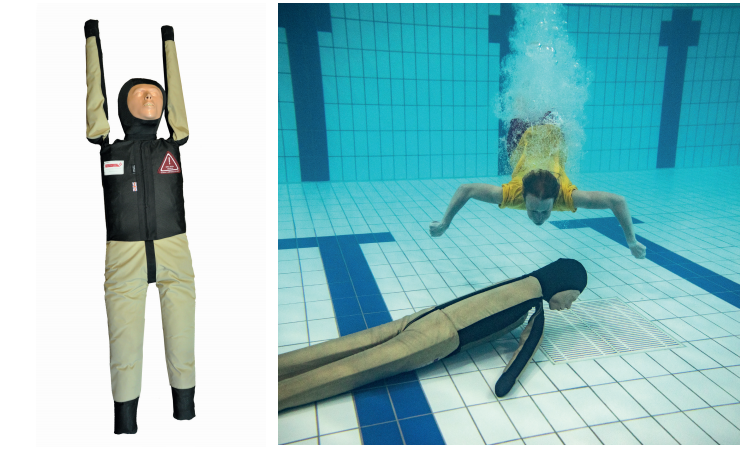
AirSim Pierre Robin X was developed in collaboration with clinicians from Children' Hospital Los Angeles.
This realistic training manikin highlights difficult airway management techniques for infants with Pierre Robin Sequence/Syndrome (PRS).
AirSim X airway with 5-year warranty certified for over 20,000 intubation cycles.
Model Features
Medical Procedure Training
Pediatric Difficult Airway Trainer
As a result of their unique anatomy, infants with Pierre Robin Syndrome are more likely to present difficulties in airway management.
Airway management in patients with uncorrected PRS should be anticipated as potentially very difficult and requires advanced training in difficult pediatric airway management.
The Pierre Robin X airway manikin is compatible with a full range of supraglottic devices.
We recommend the following equipment sizes for optimal performance:
The AirSim Pierre Robin X allows training in the full range of supraglottic devices.
The AirSim Pierre Robin X's anatomically correct airway has been constructed based on real CT data of a six-month-old infant and exhibits various congenital defects of an infant with PRS including:
In addition to the factors specific to Pierre Robin sequence, difficult airways in infants can be caused by the same factors complicating airway management in adults, including limited head extension, reduced mandibular space and increased tongue thickness.
Airway management skills are fundamental to anesthesiology.
The AirSim Pierre Robin X manikin provides an advanced medical training experience to improve patient safety and outcomes.
Our infant difficult airway trainer provides realistic feedback during and facilitates training in several airway management procedures including:
Due to its realism and durability, the AirSim Pierre Robin X makes an ideal airway demonstration model for device manufacturers and educators.
Pediatric Airway Obstruction Management
The real feel skin covering and accurate anatomy create a more realistic training experience.
Upper airway obstruction is frequently the cause of respiratory distress and failure in pediatric patients with the most common causes being infection, airway swelling and foreign body airway obstruction.
The congenital defects associated with PRS can also affect upper airway patency, as can enlarged tonsils or adenoids.
Techniques and tools for pediatric airway obstruction management include:
The AirSim Pierre Robin X trainer allows anesthesiologists and other medical professionals to practice tracheal intubation, mask ventilation and other techniques to overcome the unique challenges presented by this syndrome.





